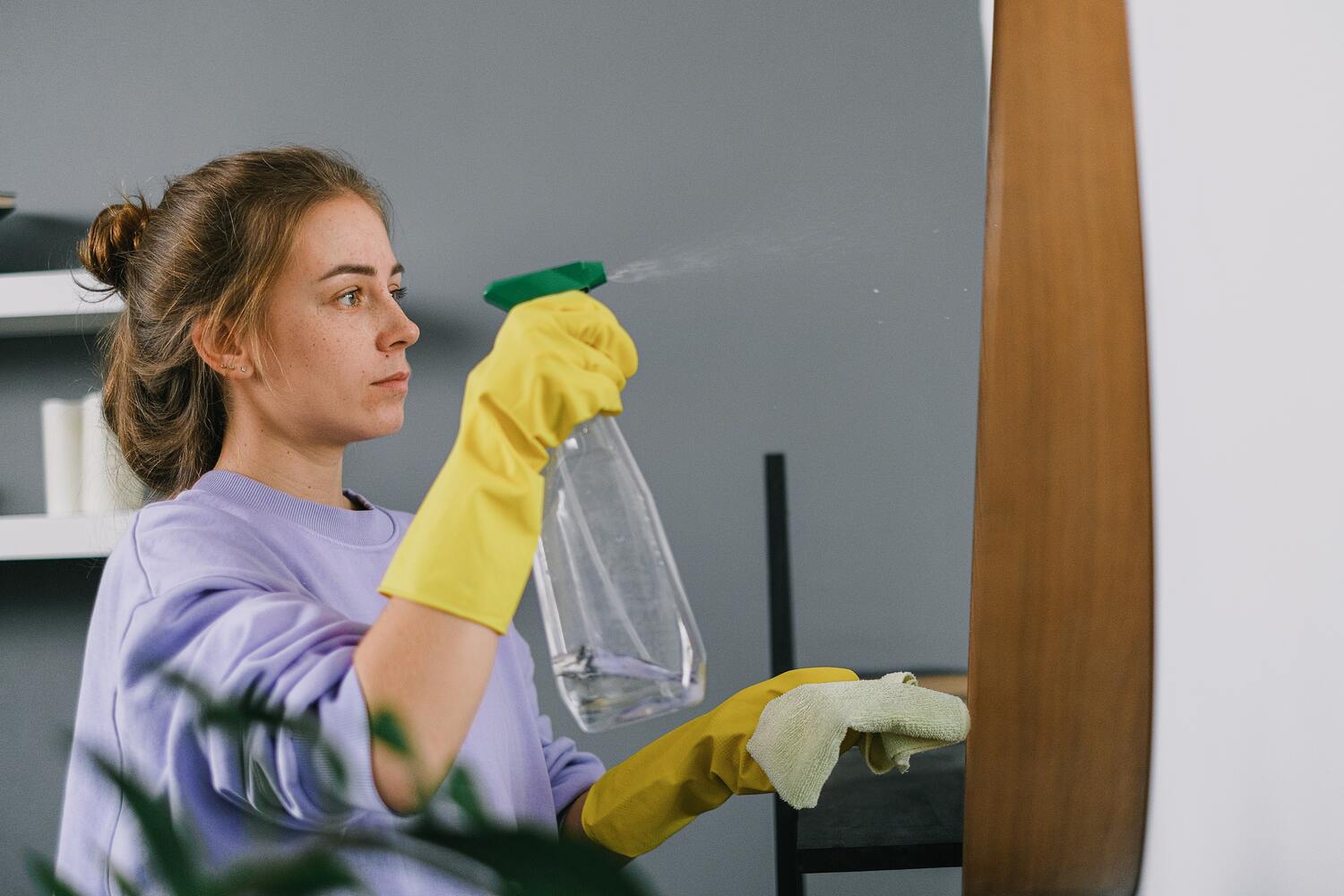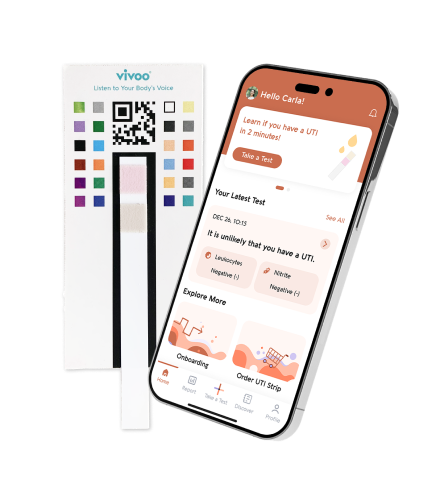A latex allergy is an allergic response to natural rubber latex, which is derived from the sap of the rubber tree (Hevea brasiliensis). Natural rubber latex is used to make a variety of items, including rubber exam gloves, balloons, and condoms. Latex reactions vary from mild to severe.
When people with latex allergies inhale latex particles or come into physical touch with latex, they may have an allergic response. Skin irritation, rash, hives, runny nose, and trouble breathing are all symptoms of a latex allergy. A latex allergy cannot be cured. People with this illness should avoid latex-containing goods and consider wearing a med-alert bracelet.
How common are latex allergies?
Latex allergies are rare, affecting less than 1% of the US population. However, the prevalence of latex allergies has decreased in recent years due to the increased use of latex-free and powder-free gloves in medical settings.
While anyone can develop a latex allergy, certain individuals are at higher risk. Regular exposure to latex can lead to the development of an allergic reaction. People who frequently use latex gloves, such as healthcare professionals, dentists, and those in the beauty industry, are particularly susceptible.
Frequent surgical procedures: Children and adults who have undergone several operations are more likely to acquire a latex allergy. Because the disorder requires several medical treatments and operations at a young age, children with spina bifida are more prone to develop a latex allergy. Latex is often found in medical materials used in various operations, such as catheters and rubber gloves.
Allergen history: Other allergies, such as allergic rhinitis (hay fever), often coexist with latex allergy. People who are sensitive to latex may also be allergic to bananas, kiwis, avocados, and chestnuts. Latex-food syndrome refers to the link between latex allergies and food allergies.

Latex allergy diagnosis
Diagnosis might be difficult at times. Your doctor will inspect your skin and inquire about your symptoms and medical history. Inform your physician about your latex reactions and any other allergy symptoms. Your physician will also ask questions to rule out other possible causes of your symptoms.
A skin test may help identify whether or not your skin responds to latex protein. A little quantity of latex is placed under the skin's surface on your forearm or back by the practitioner using a tiny needle. You acquire a raised bump if you are allergic to latex. This test should only be performed by an allergist or another practitioner who is familiar with skin testing. Blood tests may also be performed to determine latex sensitivity.
What exactly is a skin prick test?
This routine test may be unpleasant, but it is not painful. A little quantity of latex is applied to your skin (typically on your forearm or back) and the skin is scratched or pricked with a needle. Scratching the skin causes some latex to penetrate under the surface.
If you are allergic to latex, the affected region will get red and itchy. Wheals are raised welts that may appear on your skin. Your immune system is responding, as shown by skin discomfort and wheals. A response typically takes 15 to 30 minutes to occur.
Latex allergy treatment
Although there are medications that can mitigate the symptoms of latex allergy, there is no cure available to date. The only way to prevent a reaction to latex is by avoiding products that contain latex.
Despite your utmost efforts, you may still come into contact with latex. If you have a severe latex allergy, it may be necessary to carry injectable epinephrine with you at all times. In case of an anaphylactic reaction, you should immediately seek emergency medical attention to receive an injection of adrenaline, commonly known as epinephrine.
For milder reactions, your doctor may prescribe antihistamines or corticosteroids. These can be taken after exposure to latex to help control your reaction and alleviate discomfort.

Latex allergy types
Latex responses are classified into three types:
Contact dermatitis that is irritant: This is the least dangerous variety, and it is not caused by an allergic skin response. It is mainly caused by frequent chemical exposure in latex gloves, and it causes dryness, itching, burning, scaling, and skin issues. This usually begins 12-24 hours after interaction.
Contact dermatitis caused by allergies: This is a delayed response to latex manufacturing chemicals. It causes the same effects as irritating contact dermatitis. The response, on the other hand, is more intense, extends to more regions of the body, and lasts longer. Symptoms might appear 1 to 4 days after coming into contact with latex.
Acute allergic response (latex hypersensitivity): This is the most severe of the three. It might manifest as a nasal allergy with symptoms similar to hay fever, conjunctivitis (pinkeye), cramps, hives, and intense itching. Although it is uncommon, symptoms may include fast heartbeat, tremors, chest discomfort, difficulty breathing, low blood pressure, or anaphylaxis.
If you are experiencing severe symptoms, contact your doctor or 911 right once, or go to the closest emergency facility.








